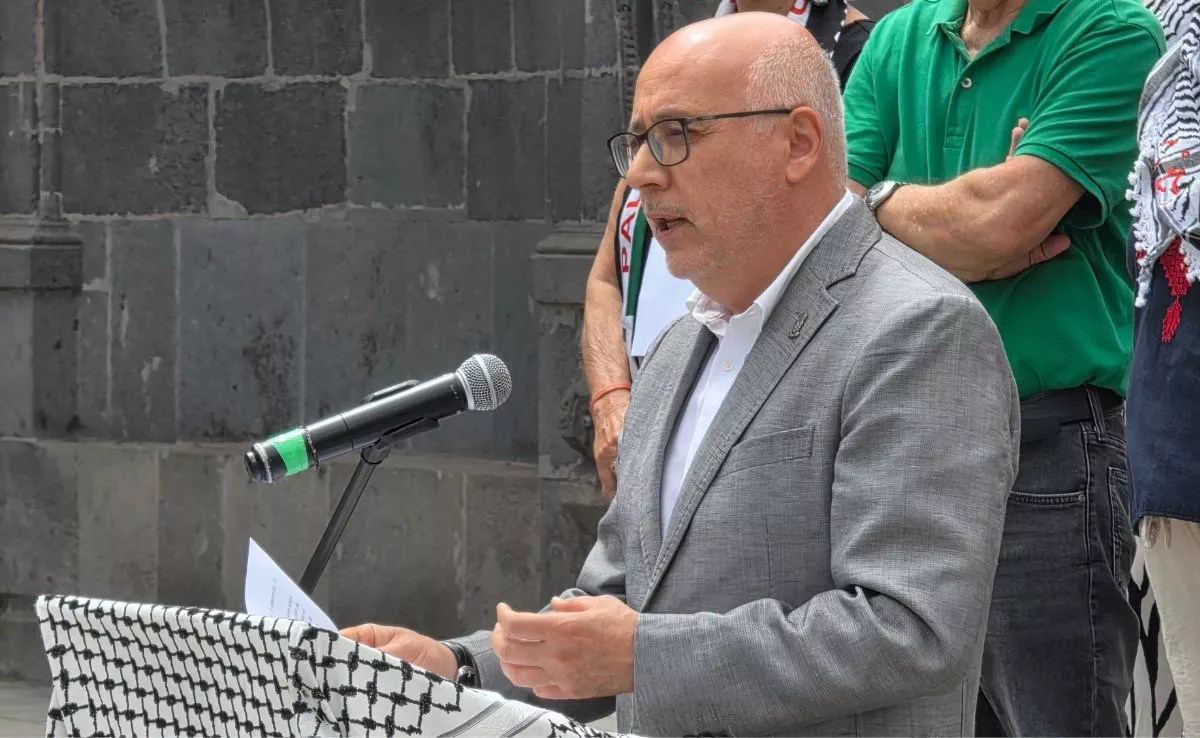The Councillor for Urban Planning and Land Management of La Orotava, Narciso Pérez, confirmed during the recent plenary session that the governing body aims to complete the Atlantean Cultural Space project within its current term. This infrastructure will be constructed on the site of the former cinema-theatre, which has been acquired by the City Council.
Pérez made this announcement in response to a question from the spokesman of the Popular Party, Ildefonso González Suárez, regarding the draft presented in March 2023. This draft outlines plans for a contemporary building, encompassing landscaped areas, a stage, and seating for outdoor recreational and cultural events, as well as various exhibition spaces and the municipal archive’s headquarters.
“Two years on, we are eager to learn about the project’s development timelines, its current phase, and whether citizen participation has been considered following the open period for suggestions and ideas,” González stated.
The Urban Planning head reassured that the proposal “was very well received by the public, initiating an extensive participatory process. At present, we are transitioning that initial study into a final project, and we are hopeful to achieve this within the next two years. Once we complete this phase, we will be ready to explore financing,” he explained.
Pérez also highlighted the challenges faced by the City Council in acquiring the land, designating it as a public asset under the Special Plan for the Protection of the Historical Complex, alongside reaching a consensus regarding its subsequent cultural utilisation.
Additionally, regarding the Atlantean theatre, PP councillor María Ofelia Díaz conveyed complaints from residents of Juan Padrón Street about the poor condition of the pavements, resulting in falls and hazardous situations. She inquired whether plans for their repair or improvement are anticipated in the short to medium term.
Government spokesperson Felipe David Benítez noted that this issue is not limited to that particular street but also affects Nicandro González. “However, we cannot implement a patchwork solution because the pavements consist of concrete and stamped cement, which are considerably narrow. A strategic plan needs to be developed to determine necessary actions, as many homes in the area lack garages or parking spaces,” he elaborated.
Moreover, the Assembly Group for La Orotava sought to ascertain whether the local government has any plans in the medium and short term to address parking issues in the San Antonio neighbourhood, which are expected to worsen once the 65 new social housing units are completed.
Narciso Pérez responded that they are working on two solutions: one concerning the medium and long term, which involves an exit route to Las Viñas Street, and simultaneously, they are exploring more immediate solutions for residents, such as conditioning a nearby plot close to the IES for parking and creating more spaces around the health centre, “without ruling out additional options that will emerge alongside the general plan,” he concluded.
















